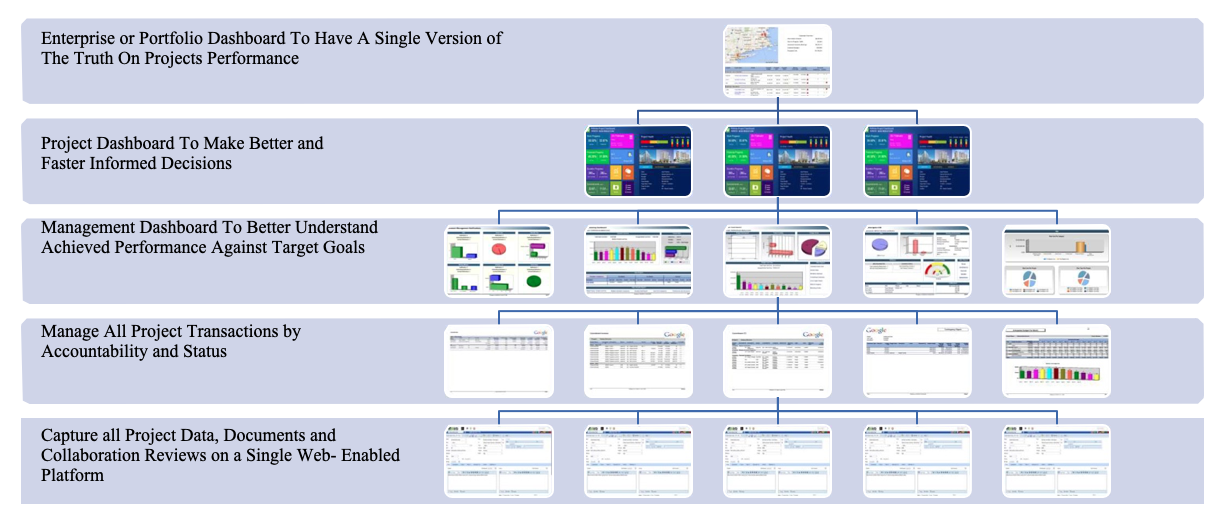Capital project owners always have the question if a document management system can fulfill the performance requirements and contractual obligations for managing the hundreds of project management processes that need to be executed to manage the project. Those are the processes that relate to schedule, cost, quality, communications, resources, risks, procurement of contracts, pre-award and post-award contract management, health, safety and environment, and claims among others. Unlike other types of projects, project management processes in capital projects involve multiple entities for which contract agreements govern the relationship between them and how those processes will be performed. Delays and improper execution of those processes could result in changes to the project schedule and cost and might evolve into claims when they are disputed.
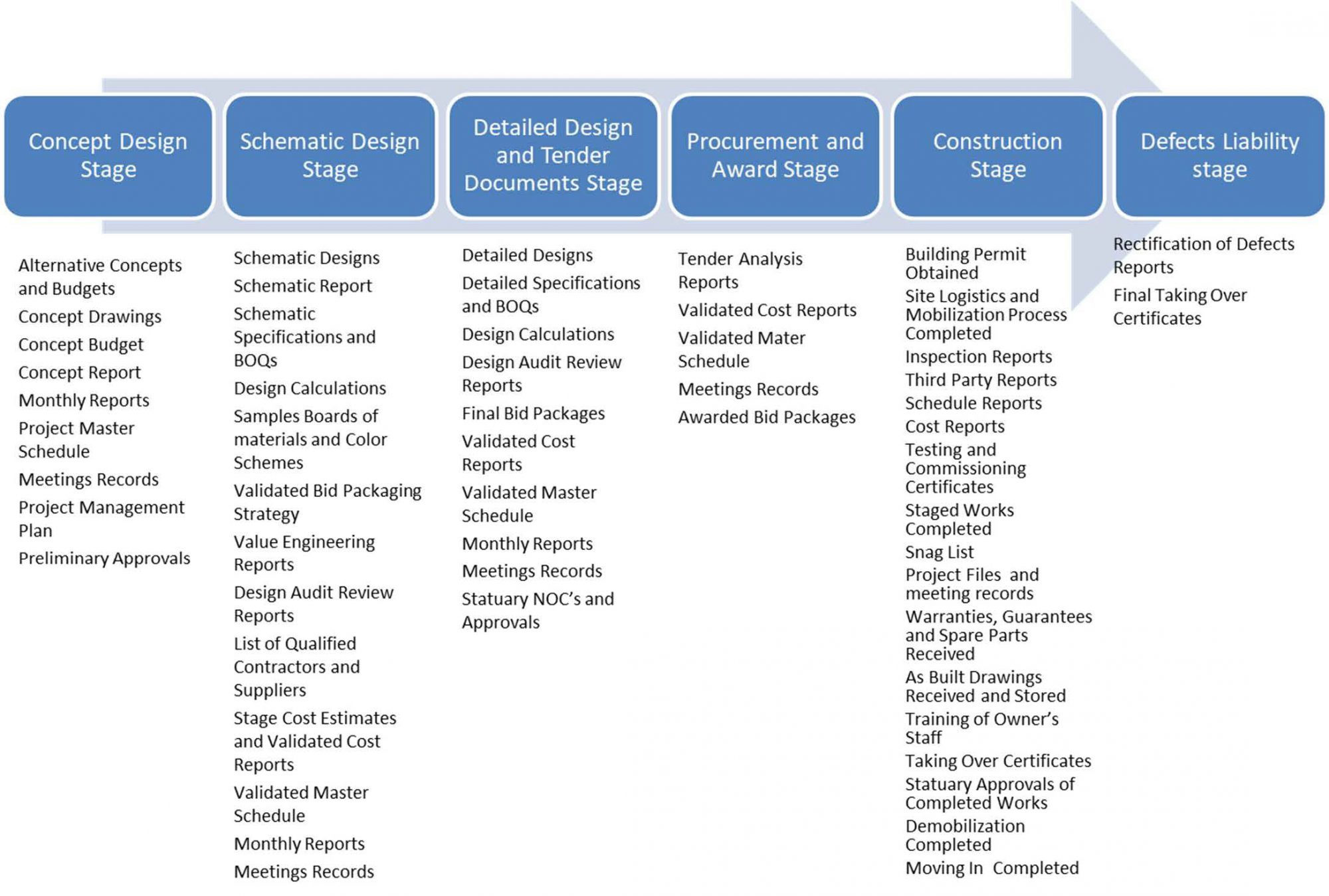
To digitally transform the execution of project management processes on capital projects, three requirements must be fulfilled. The first requirement is to have an input form to capture the data of each process. For example, this could be the project charter, budget, budget adjustment, contract, change orders, submittal, request for information, safety incident, and meeting minutes among many others. Having a form for each project management process ensures that the reported data is robust, reliable, relevant, auditable, appropriate, attributable, traceable, transparent, and trustworthy. The second requirement is to have a workflow that details the steps needed to review and approve each process. Having a workflow ensures accountability in reviewing and approving those processes. The third required function is to have a real-time register of the different transactions for each process to have the status of transactions including those that need actions to close.
In capital projects, the input form for each process could have fields that need to be completed by different project entities. For example, for the request for information form, the question field gets completed by the contractor who has submitted the RFI. The engineering consultant completes the answer field. Accordingly, the input form should enable setting access rights so each entity can complete the fields that they need to complete on the form.
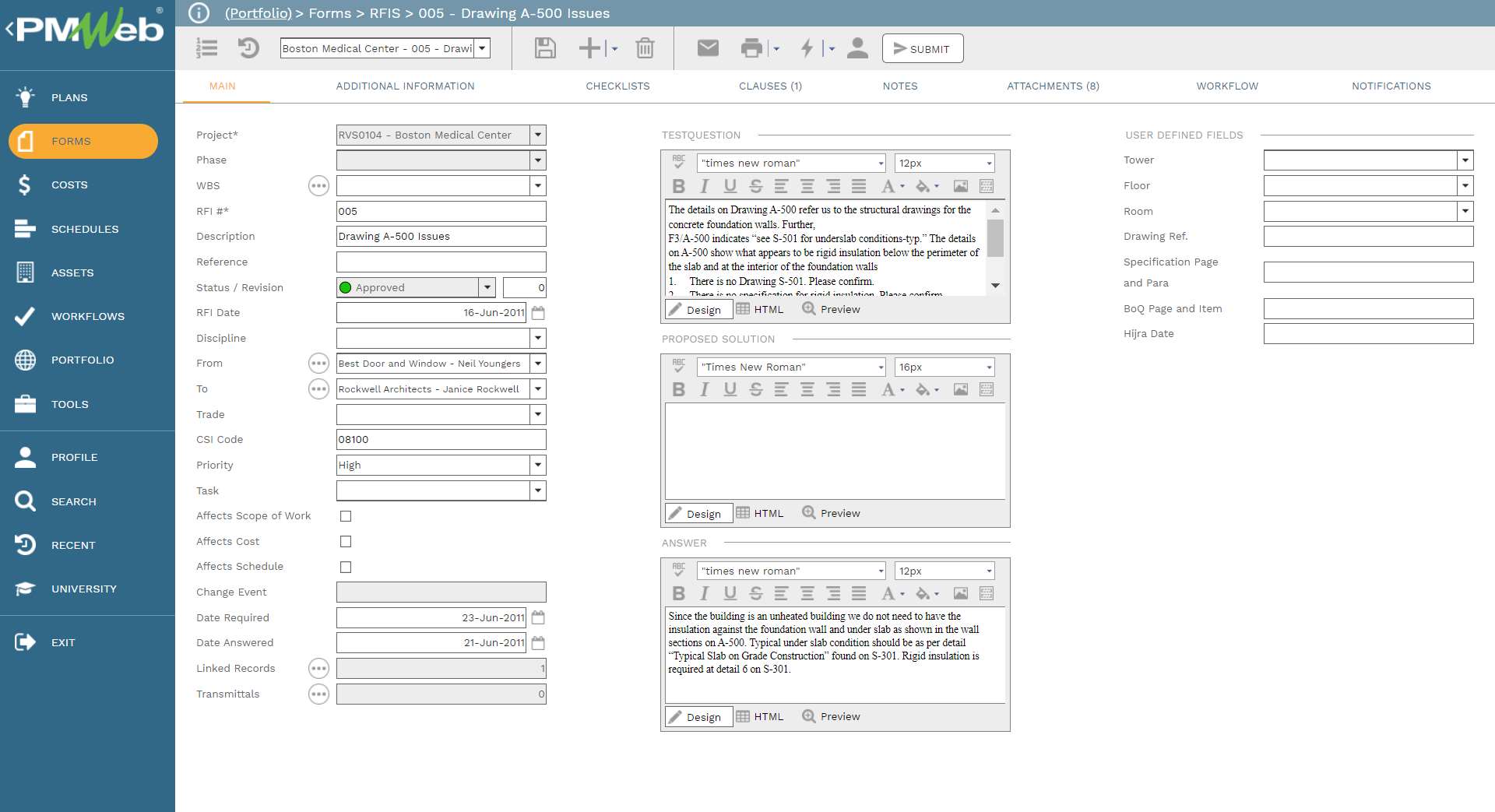
Although PMWeb comes ready with many of the forms needed to manage capital projects’ processes, nevertheless, projects by nature are unique and this uniqueness means that additional input forms will be needed when it comes to managing capital projects. PMWeb custom form builder allows the creation of additional input forms for the project management processes when needed. Those forms could be in different formats including checklists. Those could be designed review checklists, risk self-assessment checklists, inspection checklists, and permits checklists among others.

Unlike most document management systems which usually use a mail module to communicate a process from the sender to the recipients, PMWeb input forms, whether they are default forms or custom-built forms, allow the creation of a workflow to map the steps set for the process review and approvals. For each process, the workflow aligns with the project management plan and the contract documents that govern the relationship between the different project entities. This determines the sequence of workflow steps, the duration for each workflow step, actions that can be issued at each step, what happens if there is a requirement to return or resubmit the process, and conditions to adhere to the project’s approval authority levels.
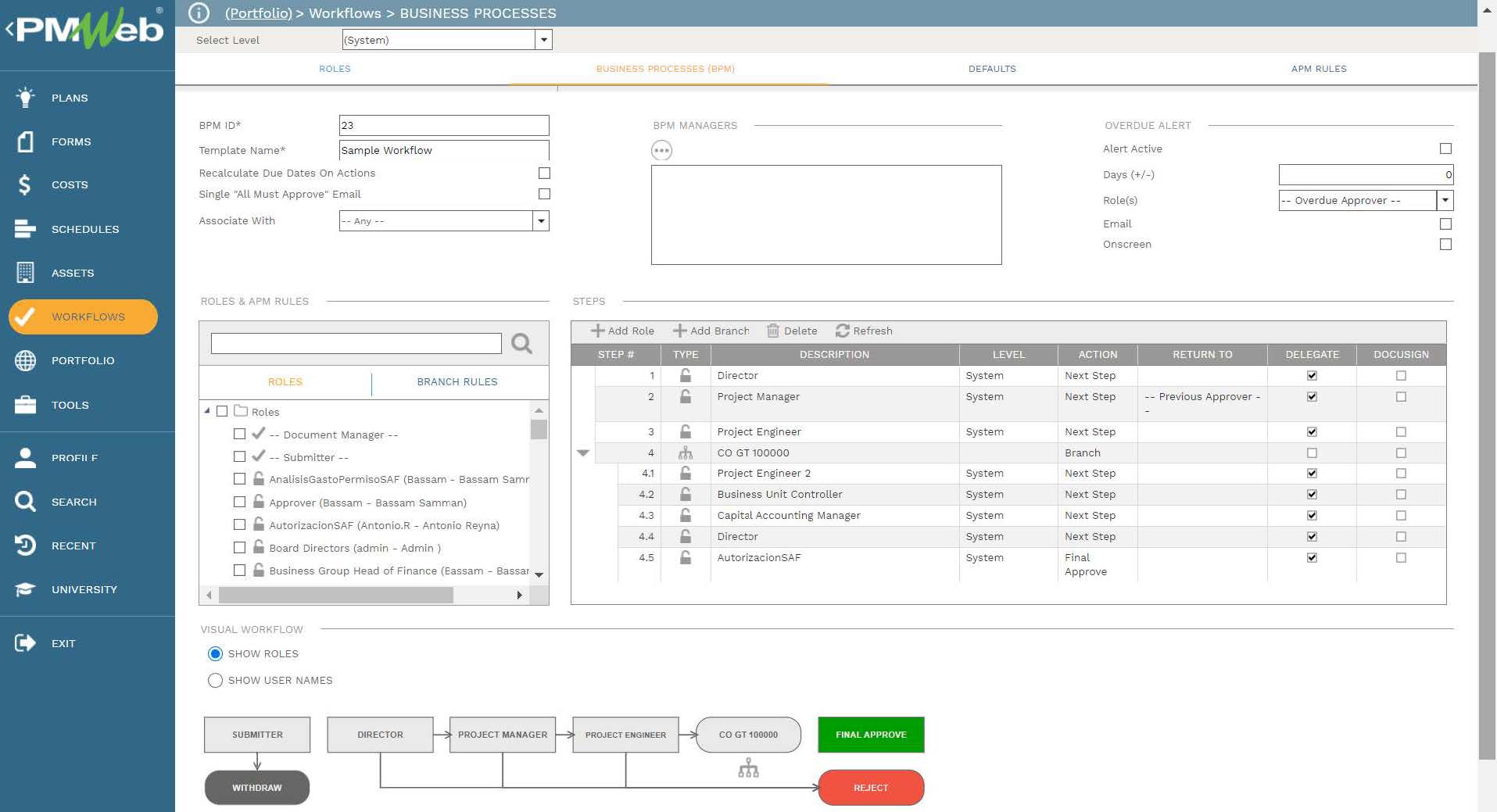
Since PMWeb is a database application, the details of all transactions for each process are automatically stored in PMWeb. The organization can present those transactions in different layouts to fulfill the organization’s reporting requirements. Those layouts can be specified for a single project or a portfolio of projects. The user can drill down to each project management process transaction displayed in the layout.
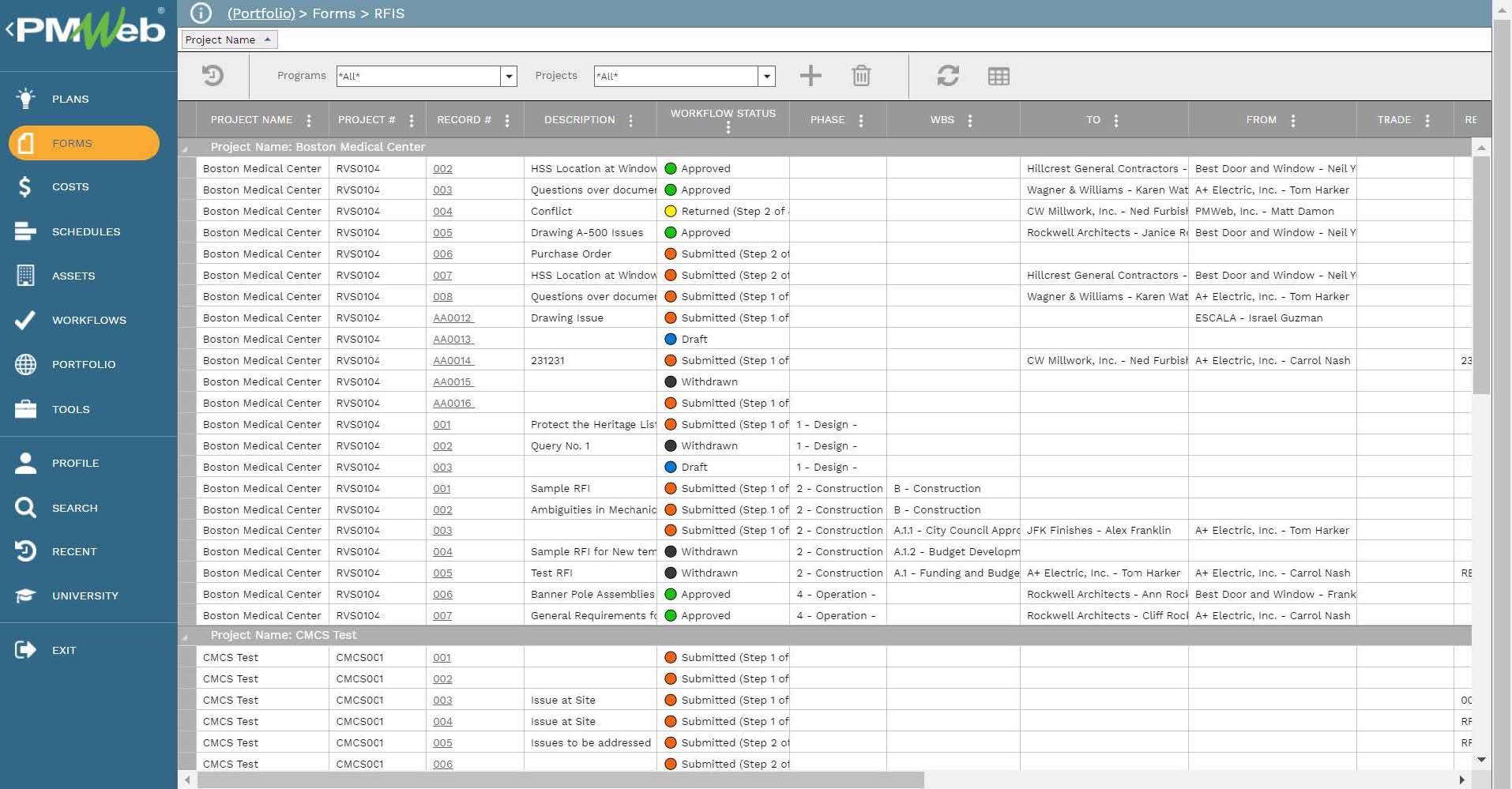
An additional requirement that could be more specific for capital projects compared to other project, and that is processes usually has documents attached to them to provide more details. For example, the request for information and submittals processes usually have drawings, specifications, and other document types attached to them. Accordingly, there is a need to have a document management repository to upload and store those documents. For capital projects, there is a requirement to store those documents in folders that match the document filing system adopted for the project. By storing documents in folders, the organization can restrict access to each folder as well as ease and expedite the process of uploading and searching for documents. PMWeb also allows users to subscribe to folders so they can receive email and online notifications when new documents or new document versions are uploaded and when documents are downloaded or deleted.
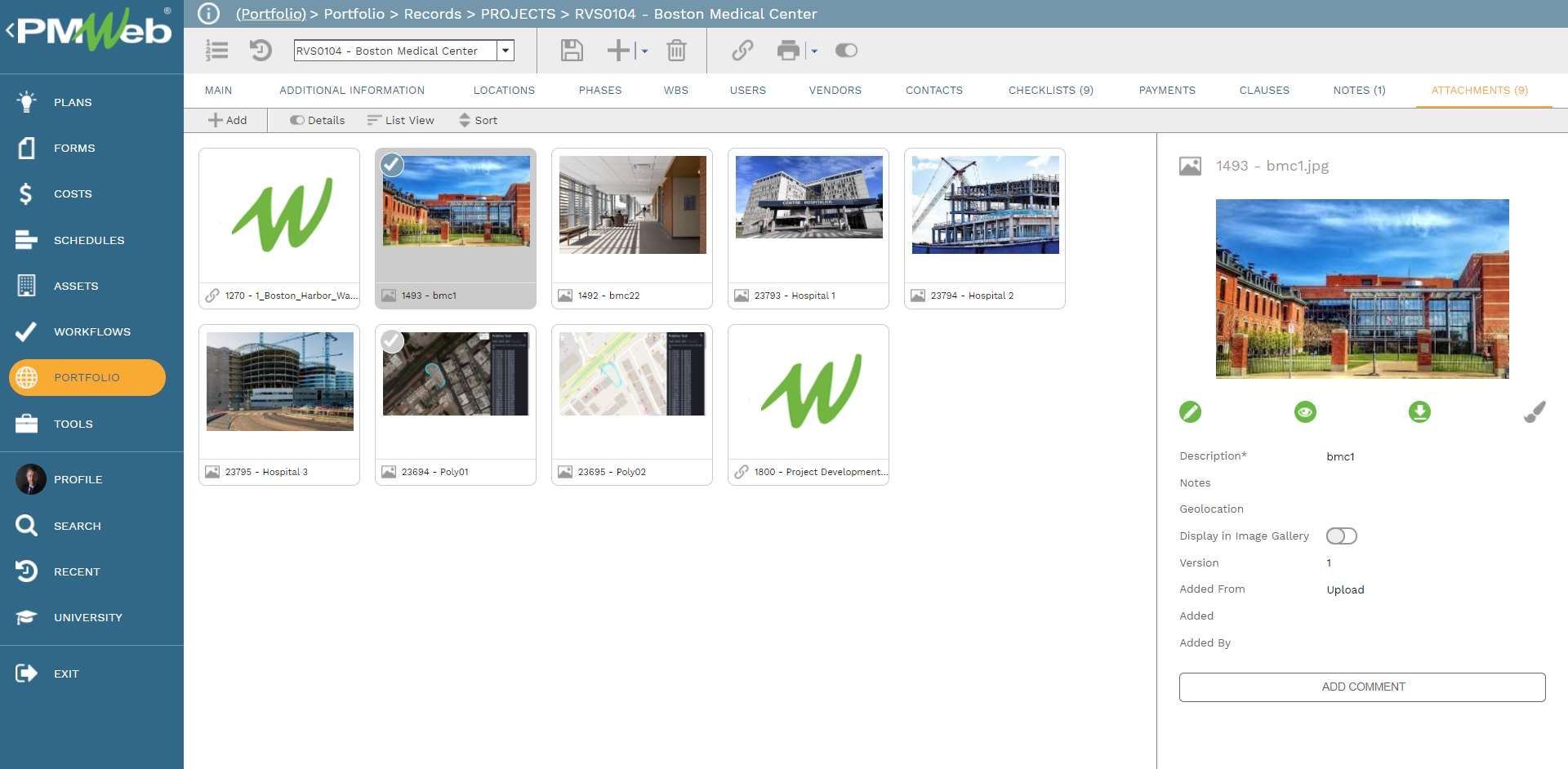
Another requirement that again specific to capital projects and that is the need to formally communicate many of the project management processes. This requires having a printed output form for each process which needs to be designed in a format that matches the requirement set in the project management plan. The output form needs to be wet-signed and stamped by the issuing project entity before it is submitted to the recipient project entity. This is a must for communication to become formal and get recognized by the country’s legal authorities.
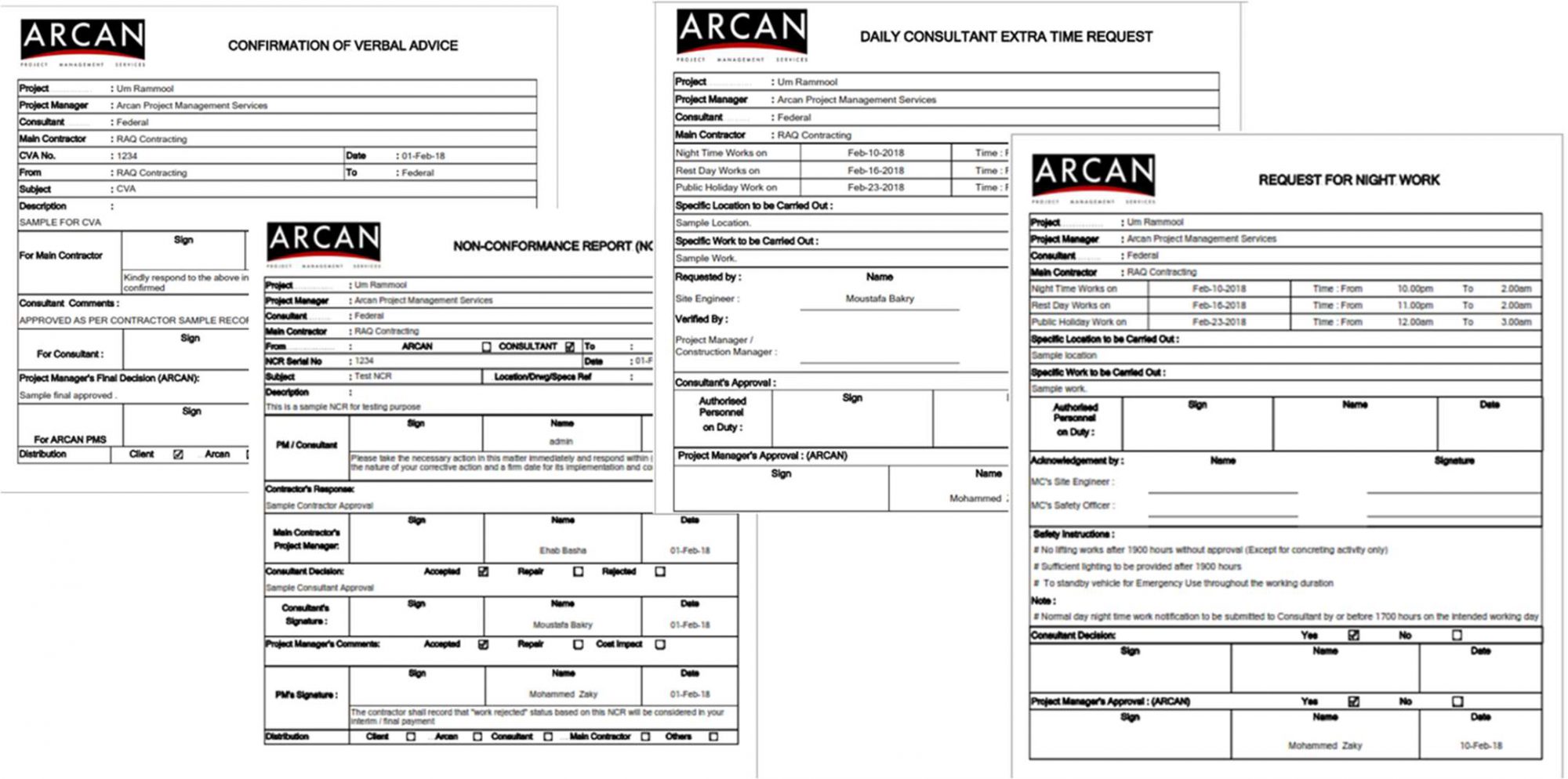
The formal communication of the different project management processes is not limited to the transaction form but could also include the report of the different transactions for each process. For example, this could be the submittal register or request for information register among others. Similar to the output form, those reports can be designed in any desired format to match those required in the project management plan.
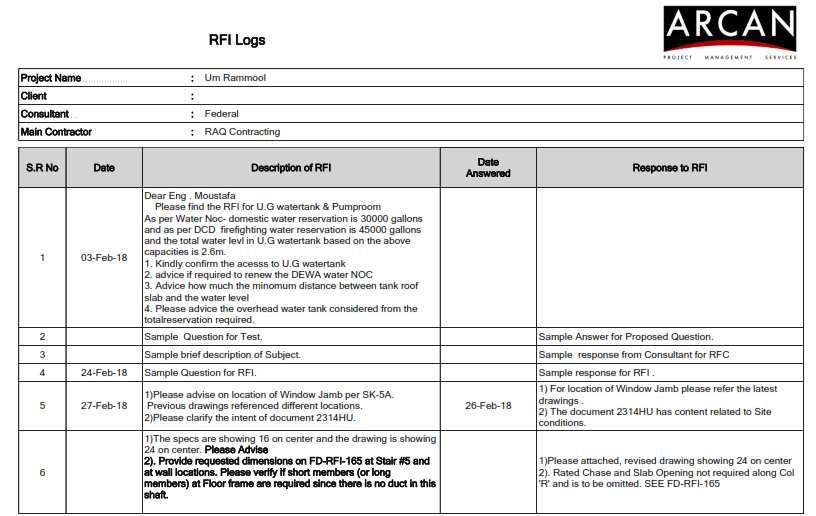
Accordingly, to fulfill the performance requirements and contractual obligations for managing the hundreds of project management processes, there is a need for a project management information system (PMIS) like PMWeb to capture and input the data needed for each process by the assigned project entity, attach needed documents and link PMWeb records and imported MS Outlook emails relevant to the project management process transaction, distribute and share the transaction using the assigned workflow, when needed generate an output form to fulfill the formal communication requirements and have a real-time data with the option of having an output report of each project management process transactions.
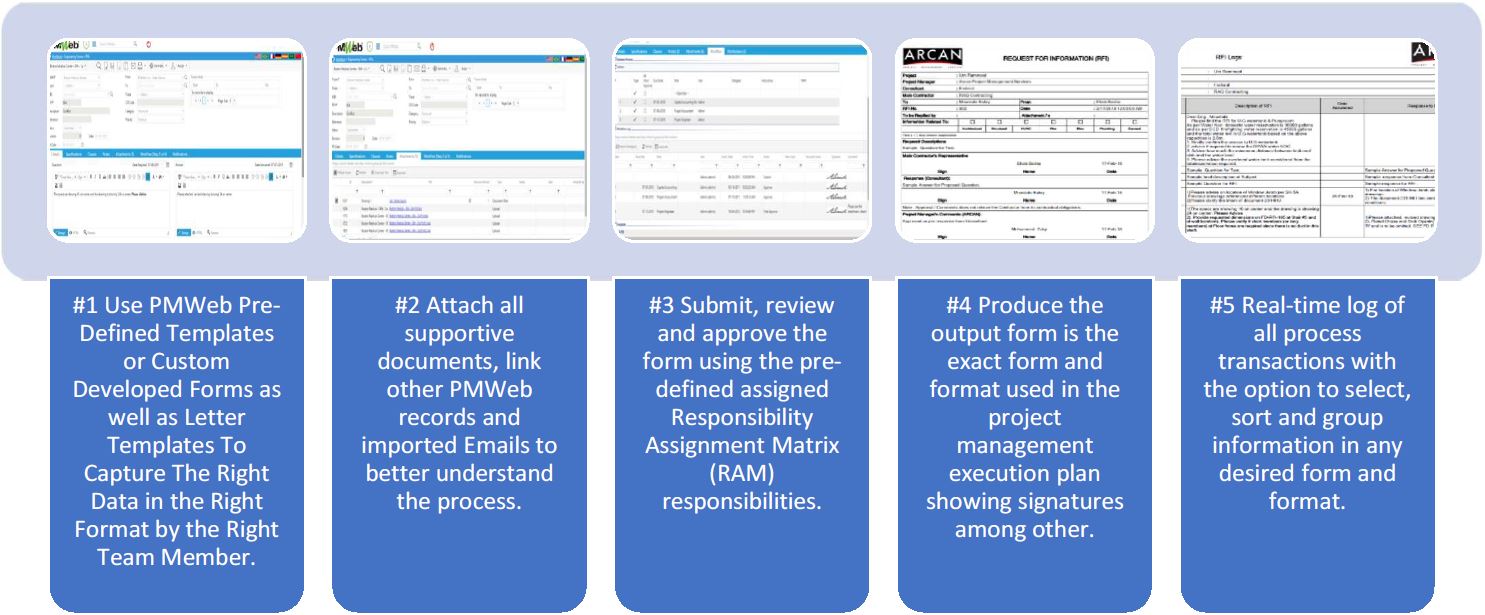
The same data captured in PMWeb provides a real-time single version of the truth reporting of all project management processes, project and project portfolio status, and performance. This enables the creation of a wide variety of business intelligence and data visualization reports and dashboards. Those could be reports that combine data from multiple processes. For example, the project cost report consolidates the data captured from the budget, budget adjustments, commitments, potential change orders, change orders, forecast to complete, progress invoices, and actual payment processes. In addition, the same data can be used to create the cost management dashboard, project dashboard, program dashboard, and projects’ portfolio dashboard.
